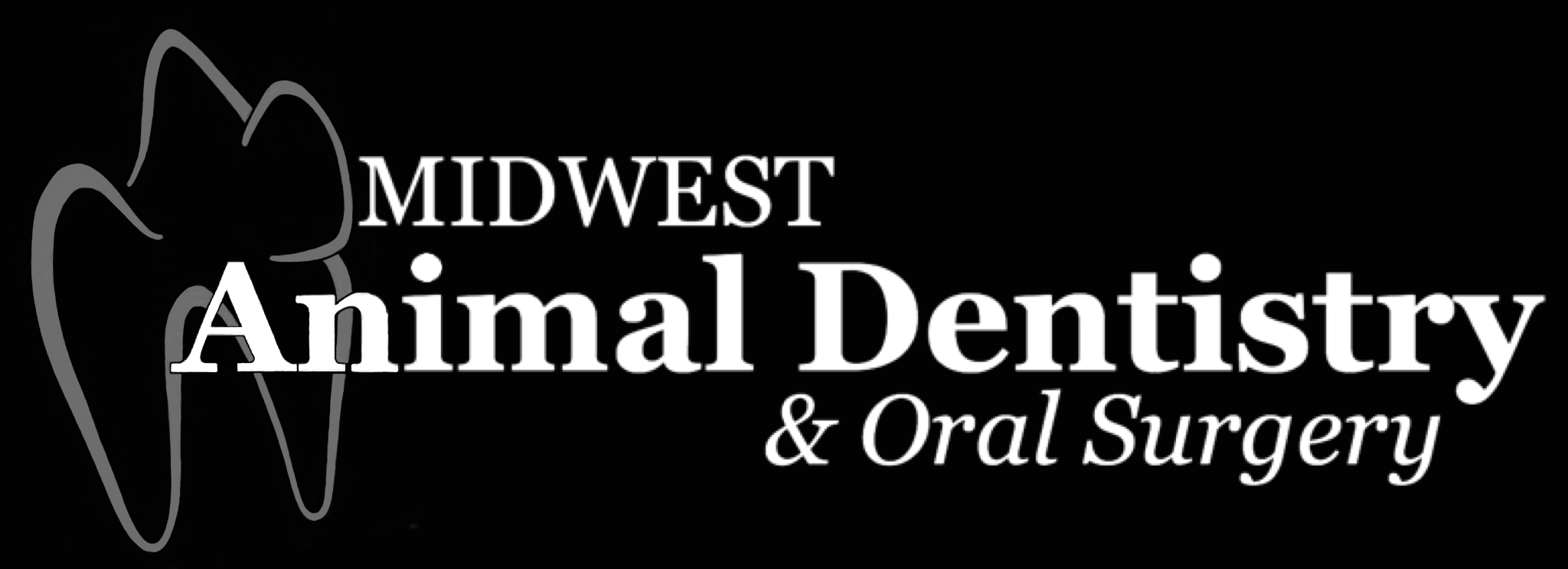Anesthesia and Pain Management
Anesthesia is the number one concern clients have and is also the number one reason clients choose not to have dental procedures done on their pets. AtMidwest Animal Dental & Oral Surgery, we understand and recognize this concern. Our anesthetic protocols are tailored for each individual patient based on their history, complete physical exam, and pre-anesthetic diagnostic lab results. No two patients are the same.
A veterinary technician is dedicated to monitoring and recording the same values a human anesthesiologist would which include blood pressure, heart rate, EKG patterns, oxygenation, carbon dioxide, respiration rate, and temperature. These values are only supportive to the veterinary technician’s direct observation and hands-on monitoring of your pet during anesthesia and recovery.
We are “hands on” with your pet until they are completely recovered from the effects of anesthesia.
Many human dental procedures can hurt! This is major reason why most people don’t go to the dentist is their fear of pain. We understand that some our dental treatments can also be discomforting. It is a priority that your pet is comfortable at recovery and the days that follow.
Why doesn’t my pet act like it hurts?
If you have ever had a painful tooth, you know how miserable this can be! Animals have no different perception of pain than you. It is just as painful for them. But, in most cases the pet does not appear to hurt, and their appetite is not changed. This is not surprising if we consider that in the wild, an animal who showed weakness would starve, or would become vulnerable to a predator. Therefore, they suffer silently and do not show outward signs of pain until it extremely severe. On the other hand, after treatment, many pets will show great improvement in their attitude and overall energy level.
